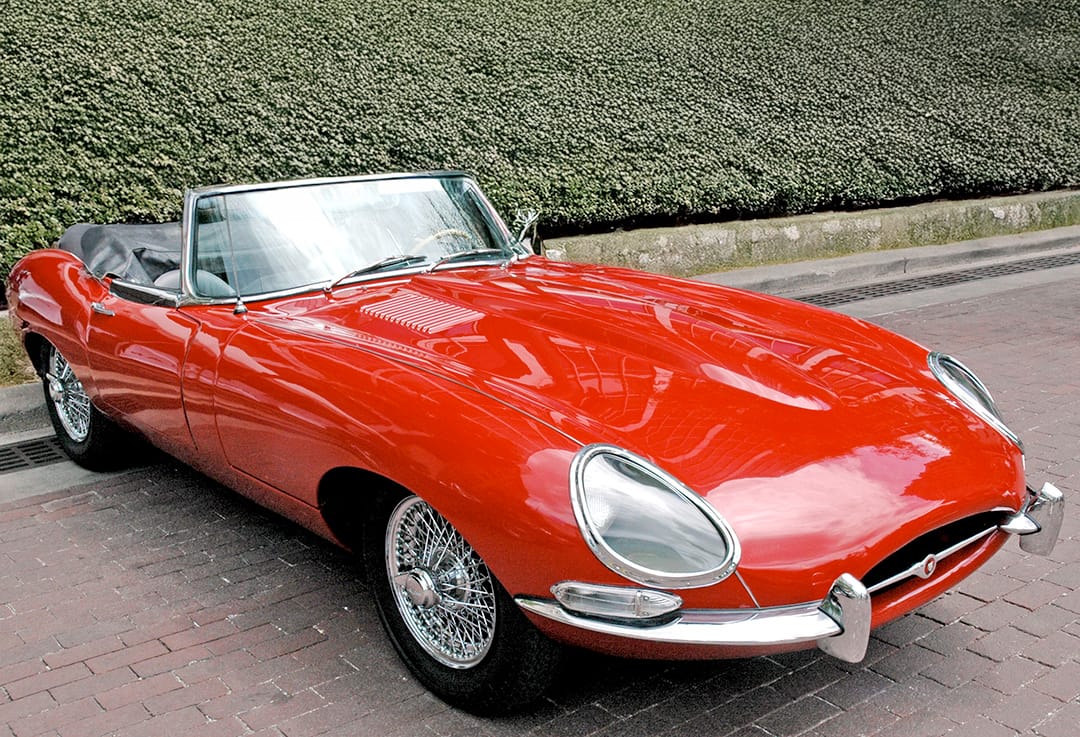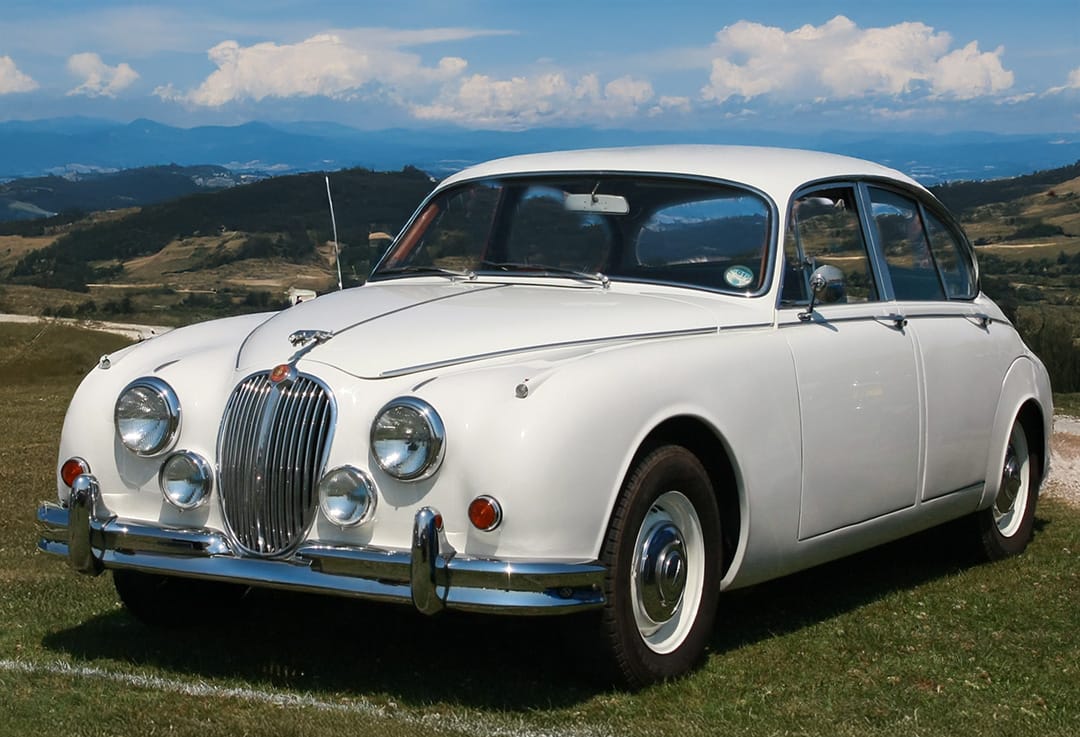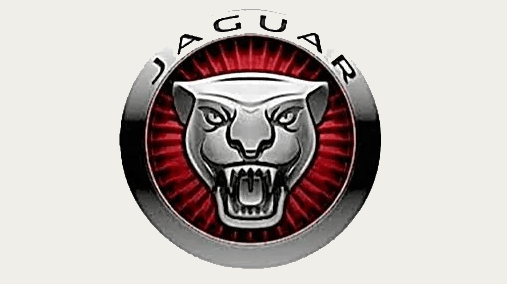The Jaguar That Lost Its Prowl: Understanding why brand identity matters more than bold colours and borrowed slogans.
True innovation builds on identity,
rather than noise.
Jaguar once stood for affordable elegance: sleek British design, thrilling performance, and a price point that made luxury feel reachable. It wasn’t the loudest car on the street—but it turned heads. Today, as Jaguar tries to reinvent itself for the electric age, something essential has gone missing.
The styling’s bold, the colours louder, but the soul? That’s harder to find. This post explores what made Jaguar iconic, how it drifted from its roots, and what it teaches us about the danger of forgetting who we are when trying to become something new.
When Jaguar Got It Right
Think XK120, E-Type, Mark II.
Cars that offered style, speed, and status—without the price tag of a Bentley.
They weren’t cheap. They were clever.
Jaguar wasn’t trying to outgun the giants.
They were outwitting them.
They built dreams for people who couldn’t afford to dream in chrome.

1963 E-Type Jaguar
Even their saloons – the Mark VII, Mark II – made waves.
They looked sharp. They drove like a dream.
And they didn’t cost the earth.

1960 Jaguar Mk II
Americans loved them. British police drove them.
Jaguar had nailed it.
But Then...
Something happened.
Then They Changed the Rules (and Lost the Game)
The new all-electric Jaguar was meant to be a reboot.
Bright colours. Digital campaigns. No wing mirrors—just cameras.
But the execution felt... hollow.
Still using mirrors on test cars.
An awkward silhouette.
A marketing campaign that shouts “rebellion” but won’t say what it’s rebelling against.
The Core Problem? Jaguar Forgot What Made It Loved
They stopped being the brand of attainable elegance.
They started chasing cool.
But cool can’t be faked.
Ask Apple. Their “Think Different” worked because it was true to their DNA.
They weren’t chasing a trend. They were the trend.
Jaguar’s latest move feels like it’s trying to catch up.
To who, though? Tesla? Audi? The ghosts of its own past?
What They Could Have Done Instead
Kept the spirit of affordability, without diluting quality
Reimagined the electric Jaguar as a category of its own, not a copy of someone else’s idea
Made the past a springboard, not a costume
Given their loyal audience something new, without making them feel old
Frequently Asked Questions
Q: Isn’t change essential for legacy brands?
Yes, but only when it deepens, rather than replaces, what made the brand meaningful. Reinvention must honour roots while reaching forward.
Q: What’s wrong with bright colours and bold campaigns?
Nothing if they fit the identity. But when a brand known for understatement starts shouting, it can come off as insecure, not inspired.
Q: What if this strategy actually works?
It might. But success without substance doesn’t last. The real test will be customer loyalty, not launch buzz.
Q: How should legacy brands transition to electric?
By reimagining the experience, not just electrifying the engine. Design, pricing, messaging—all should reflect both the brand's future and its essence.
Q: Why does this matter beyond Jaguar?
Because every business—from a family firm to a global icon—faces the same challenge: change without forgetting what makes them unique.
Learn from Jaguar’s misstep: define what you stand for before the world tells you what you should be.
Revisit the FAQs above to ground your brand in clarity—whether you're building a business, launching a product, or reinventing your next move.
Because reinvention isn’t about getting louder.
It’s about getting truer.
Stephen Bray doesn’t do hype. He does insight. If your business feels stuck in its own story, you’ll find a different kind of guide here.

Top image courtesy of Land Rover Jaguar. Others from Wikimedia and Pintrest.
© 2025 Stephen Bray. Patterns in life and business, simply told.